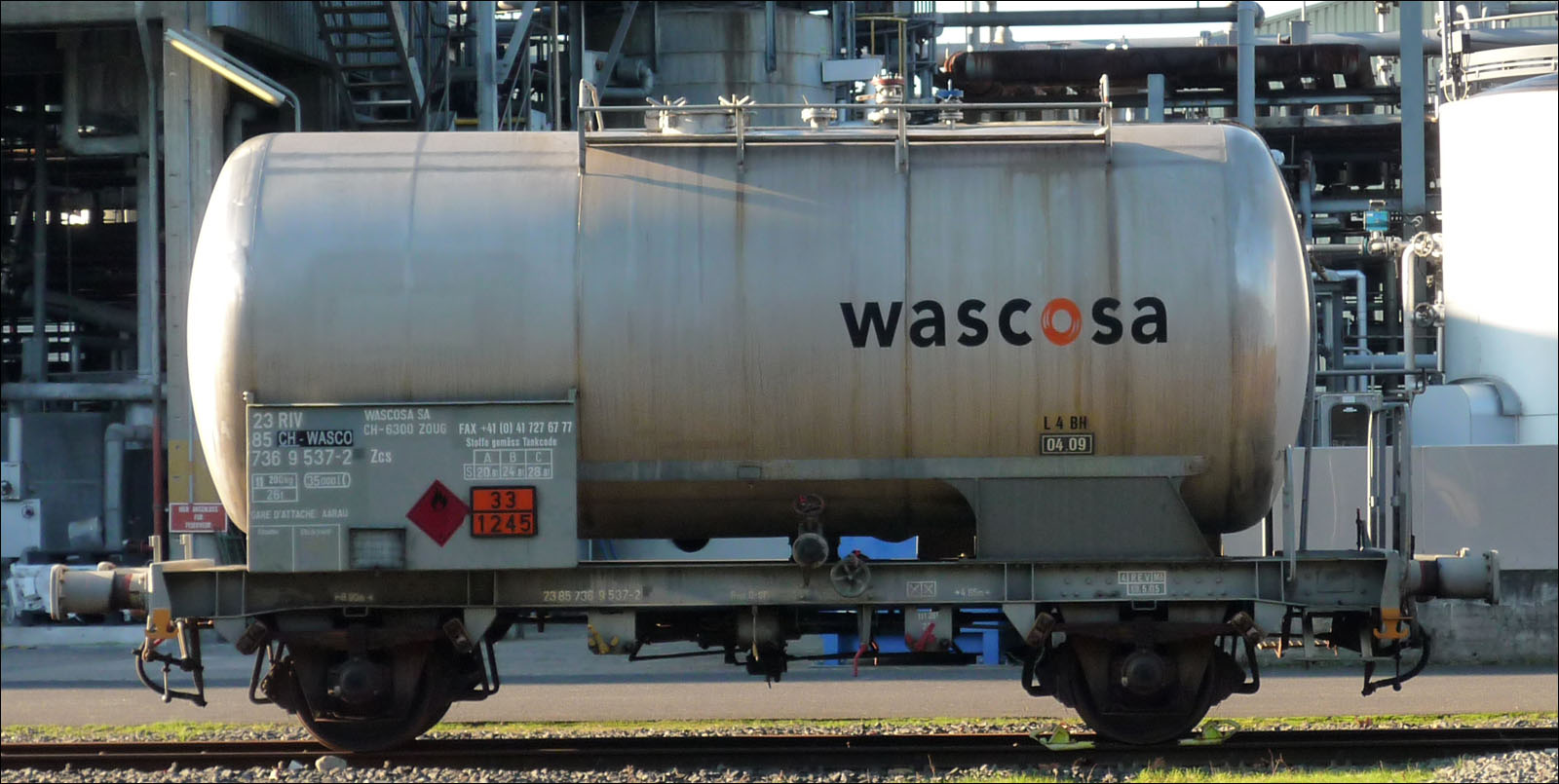|
Hexanones
Hexanone may refer to the following ketones containing six carbon atoms: * 2-Hexanone (Methyl butyl ketone, MBK) ** 4-Methyl-2-pentanone (Methyl isobutyl ketone, MIBK) ** 3-Methyl-2-pentanone (Methyl sec-butyl ketone) ** 3,3-Dimethyl-2-butanone (Methyl tert-butyl ketone, Pinacolone) * 3-Hexanone (Ethyl propyl ketone) ** 2-Methyl-3-pentanone Ethyl isopropyl ketone (2-methyl-3-pentanone) is an aliphatic ketone with used as a reagent in organic chemistry and as a solvent. Its fully fluorinated analog is known as Novec 1230 and is used in gaseous fire suppression Gaseous fire supp ... (Ethyl isopropyl ketone) See also * Cyclohexanone {{Chemistry index Hexanones ... [...More Info...] [...Related Items...] OR: [Wikipedia] [Google] [Baidu] |
4-Methyl-2-pentanone
Methyl isobutyl ketone (MIBK) is the common name for the organic compound 4-methylpentan-2-one, structural formula, condensed chemical formula (CH3)2CHCH2C(O)CH3. This colourless liquid, a ketone, is used as a solvent for gums, resins, paints, varnishes, lacquers, and nitrocellulose. Production At laboratory scale, MIBK can be produced via a three-step process using acetone as the starting material. Self-condensation, a type of aldol reaction, produces diacetone alcohol, which readily dehydration (chemistry), dehydrates to give 4-methylpent-3-en-2-one (commonly, mesityl oxide). Mesityl oxide is then hydrogenation, hydrogenated to give MIBK. : Industrially, these three steps are combined. Acetone is treated with a strongly acidic, palladium catalyst-doped Ion-exchange resin, cation exchange resin under medium pressure of hydrogen. Several million kilograms are produced annually.Stylianos Sifniades, Alan B. Levy, "Acetone" in ''Ullmann’s Encyclopedia of Industrial Chemistry'', Wiley- ... [...More Info...] [...Related Items...] OR: [Wikipedia] [Google] [Baidu] |
3-Methyl-2-pentanone
3-Methyl-2-pentanone (methyl ''sec''-butyl ketone) is an aliphatic ketone and isomer of 2-hexanone. It is used as a solvent and as an intermediate for syntheses. Its industrial importance is low. It is produced by base-catalyzed aldol condensation of 2-butanone with acetaldehyde, forming 4-hydroxy-3-methyl-2-pentanone, which is Dehydration reaction, dehydrated to 3-Methyl-3-penten-2-one, 3-methyl-3-penten-2-one over an acid catalyst, followed by hydrogenation over a palladium catalyst. : References {{DEFAULTSORT:Methyl-2-pentanone, 3- Ketone solvents Hexanones ... [...More Info...] [...Related Items...] OR: [Wikipedia] [Google] [Baidu] |
3,3-Dimethyl-2-butanone
Pinacolone (3,3-dimethyl-2-butanone) is an important ketone in organic chemistry. It is a colorless liquid and has a slight peppermint- or camphor- odor. It is a precursor to triazolylpinacolone in the synthesis of the fungicide triadimefon and in synthesis of the herbicide metribuzin. The molecule is an unsymmetrical ketone. The α-methyl group can participate in condensation reactions. The carbonyl group can undergo the usual reactions (hydrogenation, reductive amination, etc.). It is a Schedule 3 compound under the Chemical Weapons Convention 1993, due to being related to pinacolyl alcohol, which is used in the production of soman. It is also a controlled export in Australia Group member states. Preparation Most famously, at least in the classroom, pinacolone arises by the pinacol rearrangement, which occurs by protonation of pinacol (2,3-dimethylbutane-2,3-diol). : Industrially pinacolone is made by the hydrolysis of 4,4,5-trimethyl-1,3-dioxane, which is the product of is ... [...More Info...] [...Related Items...] OR: [Wikipedia] [Google] [Baidu] |
3-Hexanone
3-Hexanone (ethyl propyl ketone) is an organic compound with the formula C6H12O. It is a ketone used as a solvent and as a chemical intermediate. Preparation 3-Hexanone can be obtained by oxidation of 3-hexanol: : It is also the product of the Grignard reaction of propylmagnesium bromide with propionitrile: : Isomers * 2-Methyl-3-pentanone (Ethyl isopropyl ketone Ethyl isopropyl ketone (2-methyl-3-pentanone) is an aliphatic ketone with used as a reagent in organic chemistry and as a solvent. Its fully fluorinated analog is known as Novec 1230 and is used in gaseous fire suppression Gaseous fire suppr ...) References {{DEFAULTSORT:Hexanone, 3- Hexanones ... [...More Info...] [...Related Items...] OR: [Wikipedia] [Google] [Baidu] |
2-Methyl-3-pentanone
Ethyl isopropyl ketone (2-methyl-3-pentanone) is an aliphatic ketone with used as a reagent in organic chemistry and as a solvent. Its fully fluorinated analog is known as Novec 1230 and is used in gaseous fire suppression Gaseous fire suppression, also called clean agent fire suppression, is a term to describe the use of inert gases and chemical agents to extinguish a fire. These agents are governed by the National Fire Protection Association (NFPA) Standard for C .... References Hexanones Ketone solvents {{ketone-stub ... [...More Info...] [...Related Items...] OR: [Wikipedia] [Google] [Baidu] |
Ketone
In organic chemistry, a ketone is a functional group with the structure R–C(=O)–R', where R and R' can be a variety of carbon-containing substituents. Ketones contain a carbonyl group –C(=O)– (which contains a carbon-oxygen double bond C=O). The simplest ketone is acetone (where R and R' is methyl), with the formula . Many ketones are of great importance in biology and in industry. Examples include many sugars (ketoses), many steroids (e.g., testosterone), and the solvent acetone. Nomenclature and etymology The word ''ketone'' is derived from ''Aketon'', an old German word for ''acetone''. According to the rules of IUPAC nomenclature, ketone names are derived by changing the suffix ''-ane'' of the parent alkane to ''-anone''. Typically, the position of the carbonyl group is denoted by a number, but traditional nonsystematic names are still generally used for the most important ketones, for example acetone and benzophenone. These nonsystematic names are considere ... [...More Info...] [...Related Items...] OR: [Wikipedia] [Google] [Baidu] |
Cyclohexanone
Cyclohexanone is the organic compound with the formula (CH2)5CO. The molecule consists of six-carbon cyclic molecule with a ketone functional group. This colorless oily liquid has an odor reminiscent of acetone. Over time, samples of cyclohexanone assume a pale yellow color. Cyclohexanone is slightly soluble in water and miscible with common organic solvents. Billions of kilograms are produced annually, mainly as a precursor to nylon. Production Cyclohexanone is produced by the oxidation of cyclohexane in air, typically using cobalt catalysts: :C6H12 + O2 → (CH2)5CO + H2O This process forms cyclohexanol as a by-product, and this mixture, called "KA Oil" for ketone-alcohol oil, is the main feedstock for the production of adipic acid. The oxidation involves radicals and the hydroperoxide C6H11O2H as an intermediate. In some cases, purified cyclohexanol, obtained by hydration of cyclohexene, is the precursor. Alternatively, cyclohexanone can be produced by the partial ... [...More Info...] [...Related Items...] OR: [Wikipedia] [Google] [Baidu] |

